Michael Jackson and Blue Moon.
Those were the most popular search terms that brought readers here in 2007. Looking at lists of the best read posts at several blogs I read got me poking around the stats at Appellation Beer, to see what you were reading and to try to guess why.
I was surprised this final post of the year will be the 299th, more than double 2006 and a lot more than I expect in 2008. An explanation about why week after next, when we’re back from an Internetless shakeout cruise that’s practice for a trip we expect to occupy much of 2008 and 2009.
Anyway, I won’t be finishing 2007 with a list of “top beer stories” (we already know the biggest one is also the one that still makes us terribly sad). I do recommend Don Russell’s look back with some make-you-smile predictions.
And I can tell you that the search terms that are trending up are Firestone, beer sommelier and Michelada.
Make of that what you will, as well as this list of the best read stories here during 2007:
1- Michael Jackson: Journalist
2- Russian River Brewing expansion update
3 – Blue Moon: Peter, Paul & Mary or Trini Lopez?
4 – 10 Beers that changed America
5 – New Beer Rule #2: IBUs and IQs
6 – And now . . . Imperial Hefeweizen
7 – Firestone 11 and a ‘Tale of Two Matts’
8 – Globalization versus local versus variety
9 – Fantasy Beer Dinner #1: Neal Stewart
10 – A million dollars worth of beer?
See you next week in time for The Session #11.
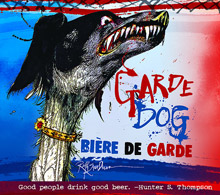 A while back I asked why breweries put some of their strongest beers in bigger bottles. Yes, they are nice to share with a friends, but sometimes you don’t want 750ml of a 12% beer.
A while back I asked why breweries put some of their strongest beers in bigger bottles. Yes, they are nice to share with a friends, but sometimes you don’t want 750ml of a 12% beer.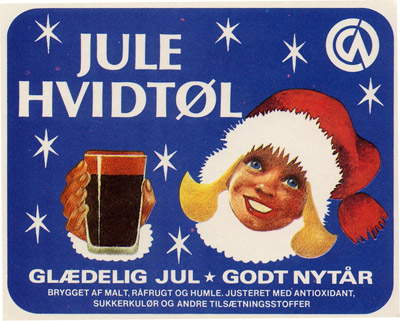
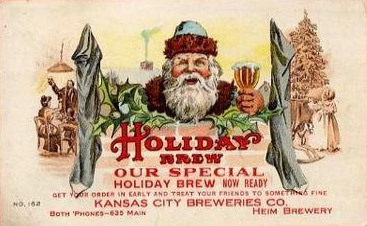
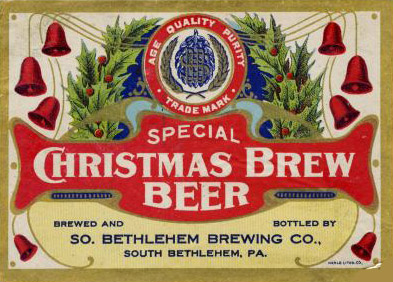
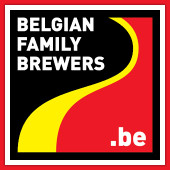 – Stephen Beaumont recently called the
– Stephen Beaumont recently called the